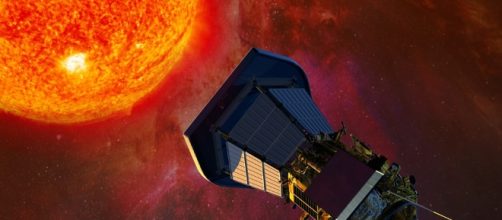NASA has begun to plan a mission that will study the sun at a very short distance from its surface. The mission is scheduled to be launched by the summer of 2018. Solar probe plus, as this mission is known, will collect information on the processes that heat the Sun´s corona and accelerate the Solar Wind. These are believed to be two of the sun´s processes that directly have influence in space weather and the operation of satellites. The small spacecraft will plunge into the sun´s atmosphere at nearly 6.4 million km (4 million miles) above the surface of the sun.
Mission objectives
The Solar Probe plus (SPP) mission is focused on two main objectives; decipher the reason why the sun´s corona is much hotter than the sun´s surface and the mechanisms that propel the solar wind- a flow of charged particles from the sun. These two processes are some of the most important ones that directly have an effect on the earth and its outer atmosphere.
Spacecraft protection against the sun
This space vehicle is equipped with an innovative carbon composite heat protective shield that is supposed to withstand temperature of up to 2500 degrees F and intense blasts of solar radiation. The spacecraft, which is the size of a car, includes the structure and propulsion system plus a variety of science instruments, including a wide solar imager, instrumentation for the observation of energetic particles from the sun.
Science instruments for measuring the electric and magnetic fields.
SPP voyage to the sun
The probe will make seven Venus flybys over approximately seven years which will place gradually in the right orbit around the sun. It will fly at a distance of nearly 6.2 million km (4 million miles)-around 1/7 the orbit of mercury, from the surface of the sun. This is the closest any spacecraft has come ever. At this location, the spacecraft will be able to perform scientific analyses under extreme temperatures that surpass the 2500° F.
This is the first time that any spacecraft will fly closer to the sun´s atmosphere. The outcomes will increase our understanding of the sun´s corona and the origin and evolution of the solar wind.

